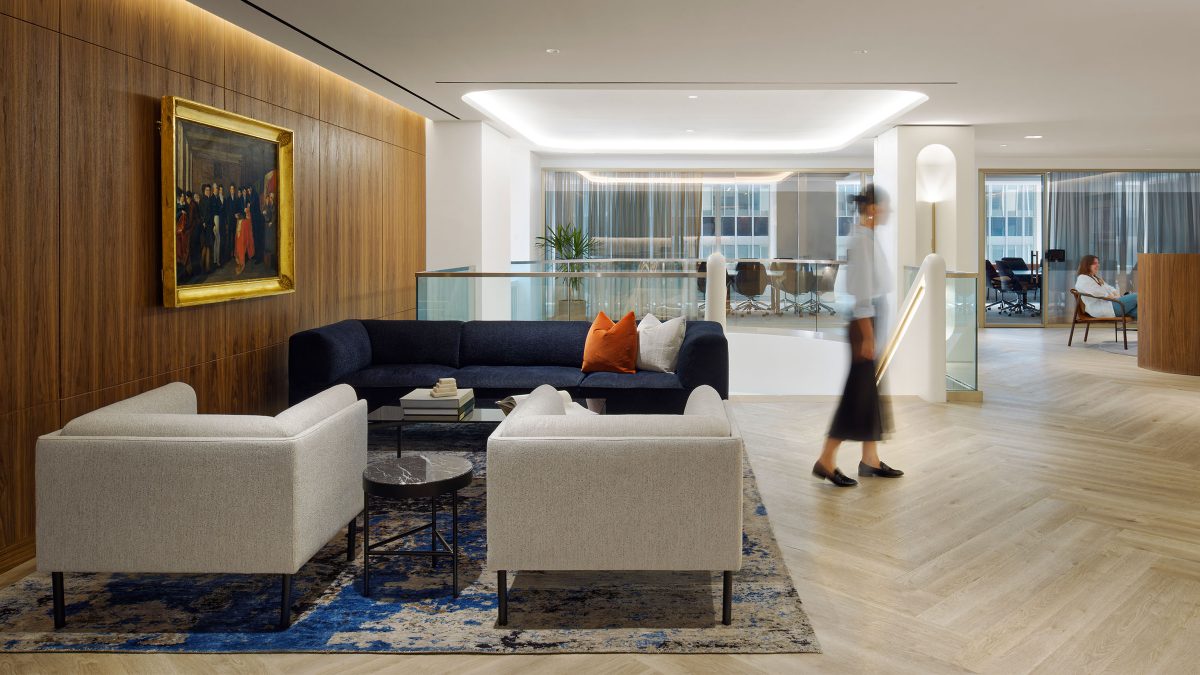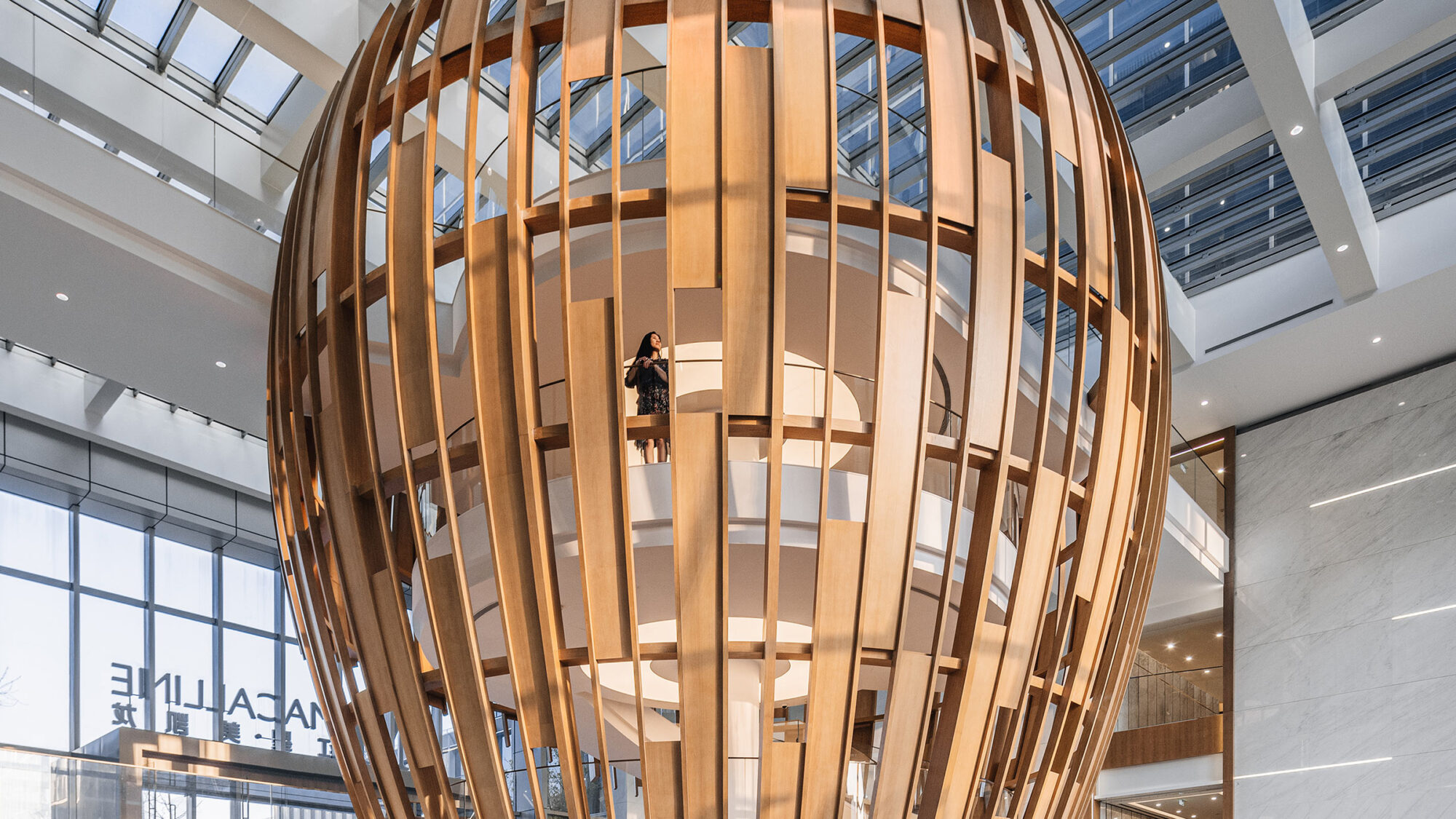

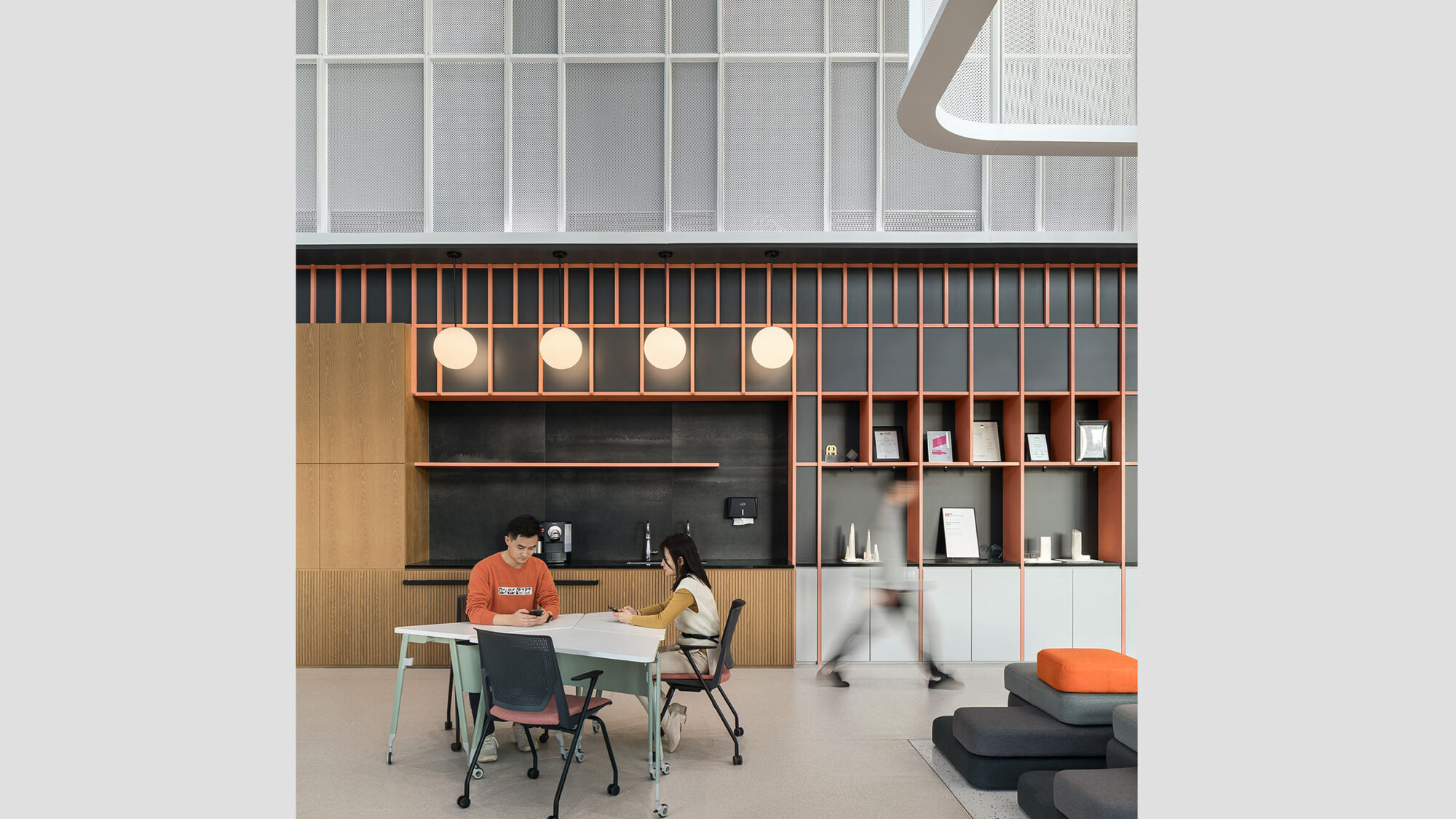


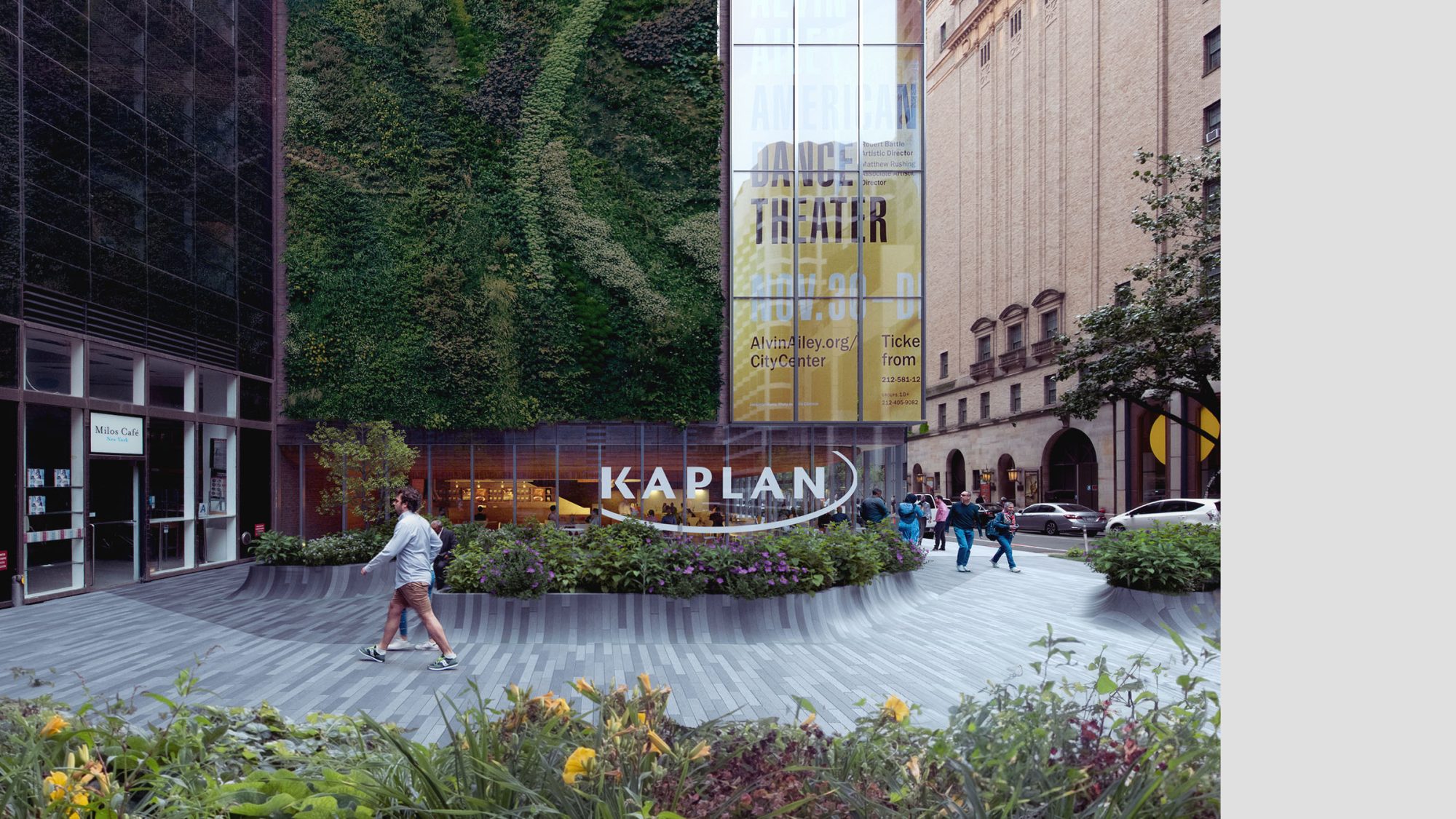
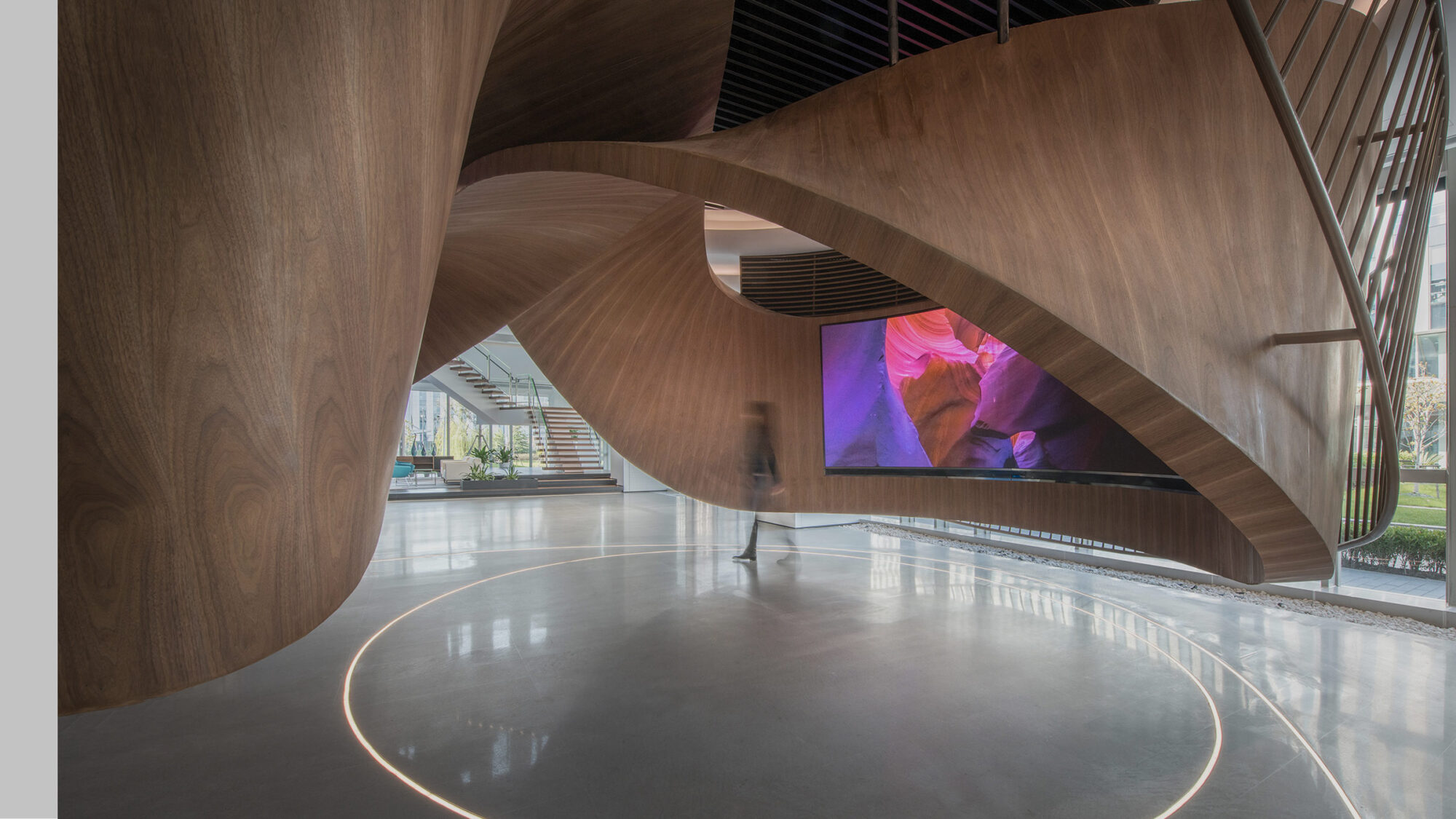
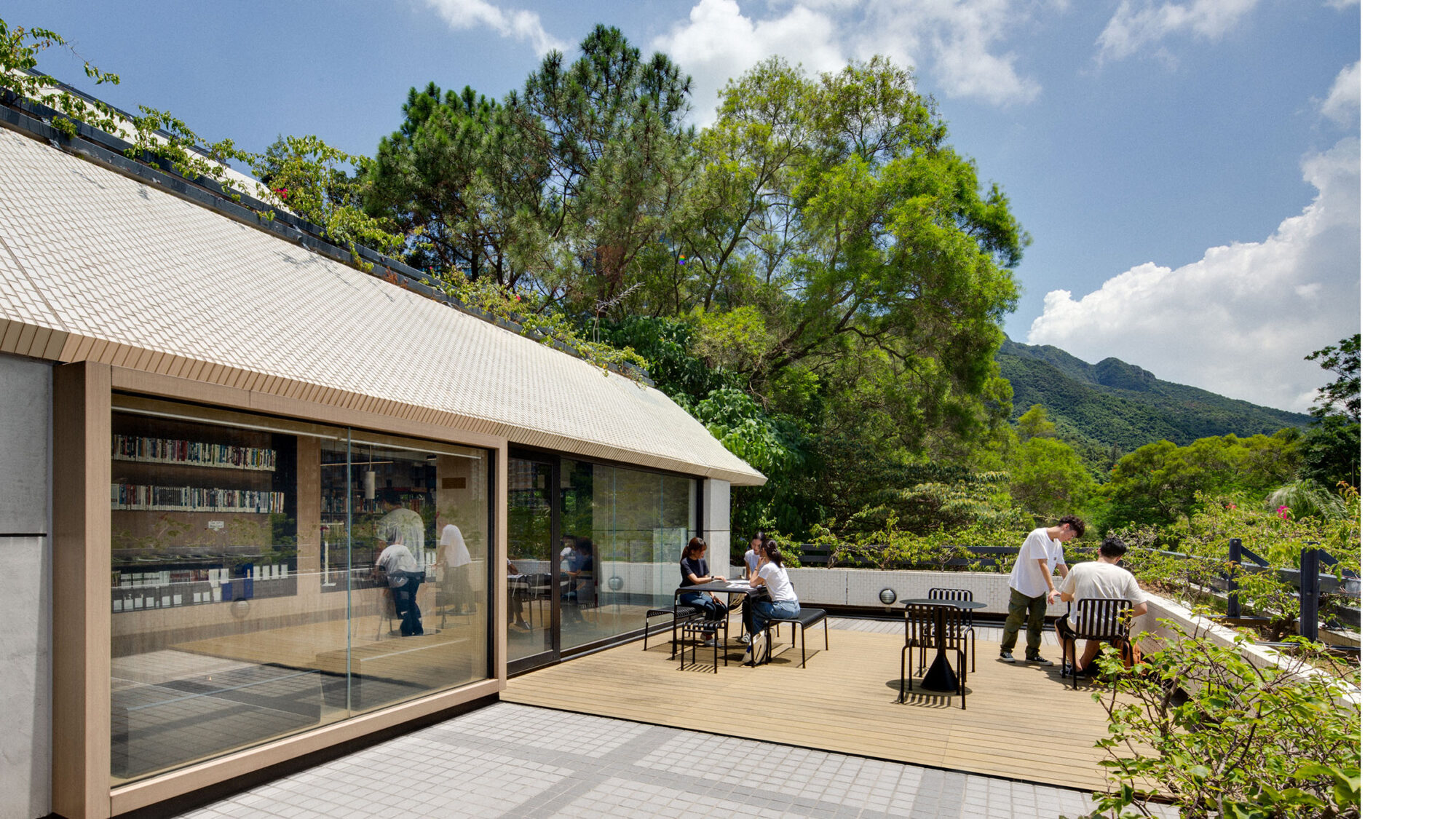
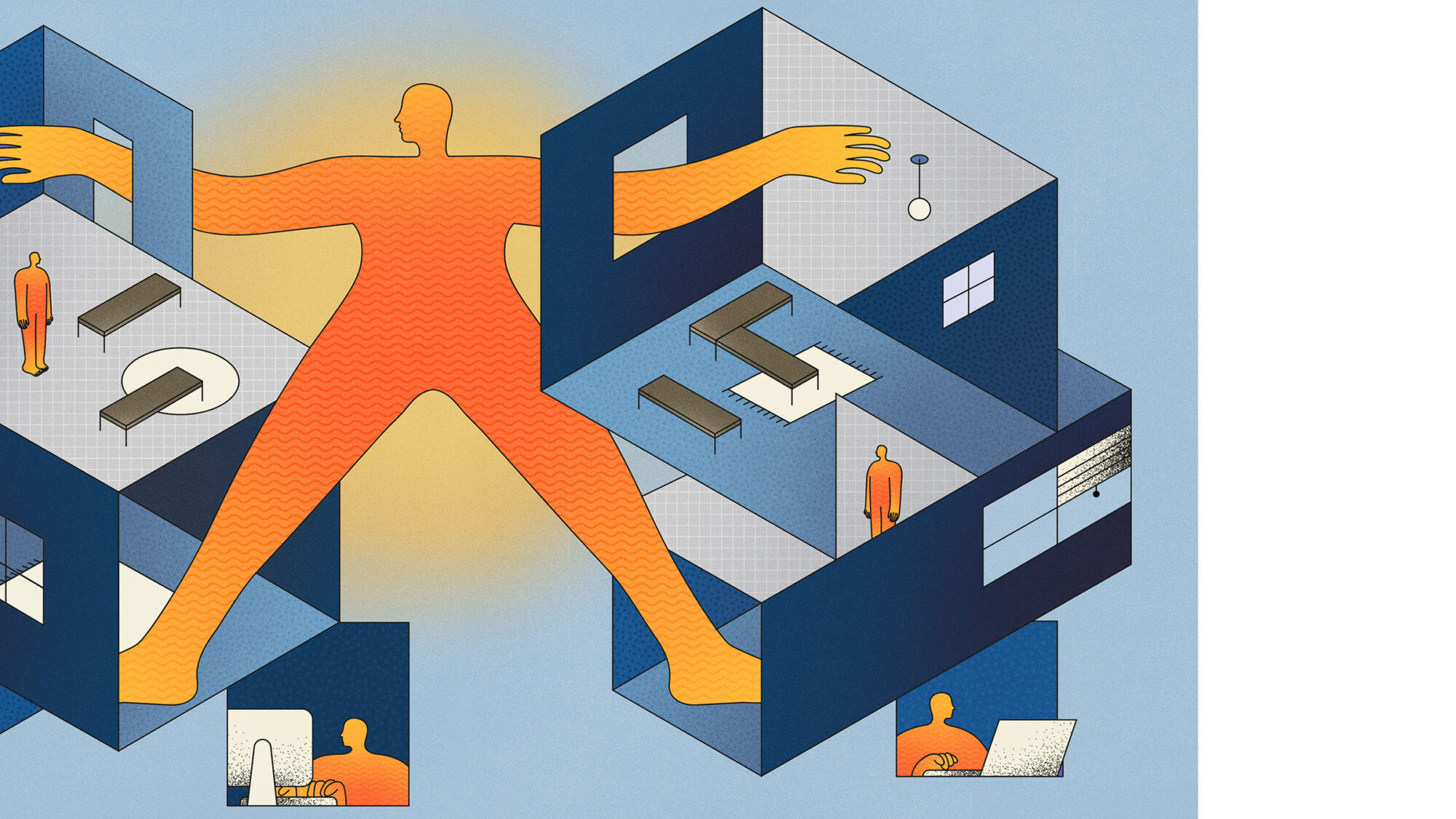

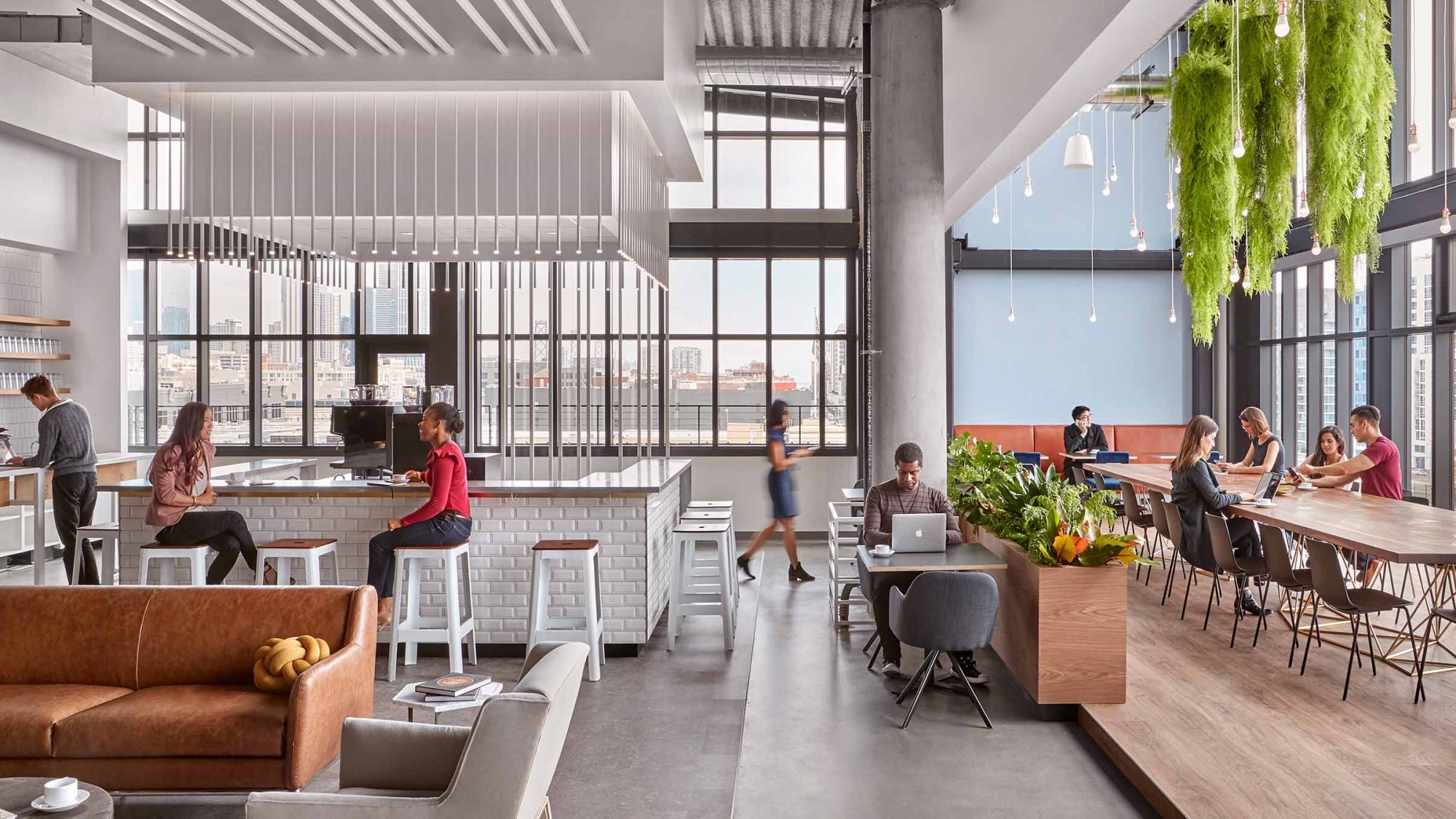
The role of technology, sustainability and employee experience
The financial services industry is evolving rapidly, propelled by digital innovation, evolving regulations and new expectations from a modern workforce. This moment presents a unique opportunity to transform the workplace from a traditional, cost-driven necessity into a strategic asset that drives business growth.
Today’s financial workplaces can do more than support day-to-day operations. They can enhance agility, strengthen security and promote long-term sustainability and employee wellbeing. With thoughtful design, the workplace becomes a catalyst for resilience, innovation and continued success.
This article explores how forward-thinking companies are leveraging workplace design as a competitive advantage.

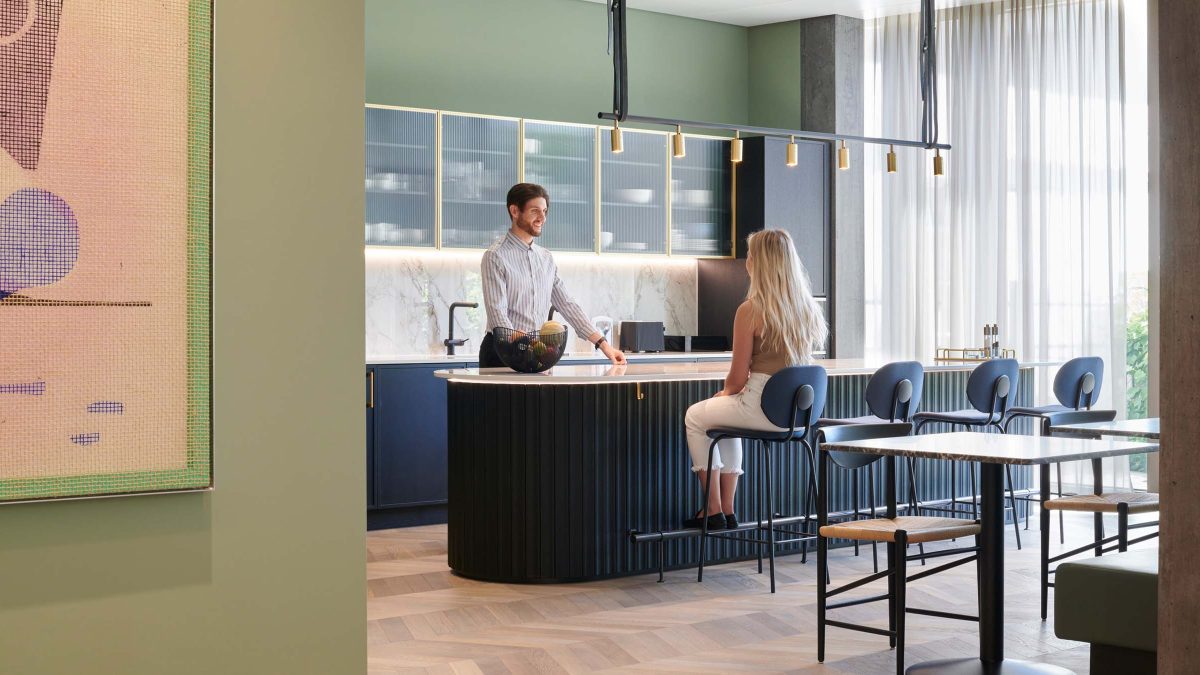
Digital transformation is reshaping financial workplaces, allowing companies to optimise space, improve collaboration and enhance security.
Key innovations include:
By integrating smart technology, organisations can create modern financial workplaces that are efficient, secure and adaptive to future business needs.
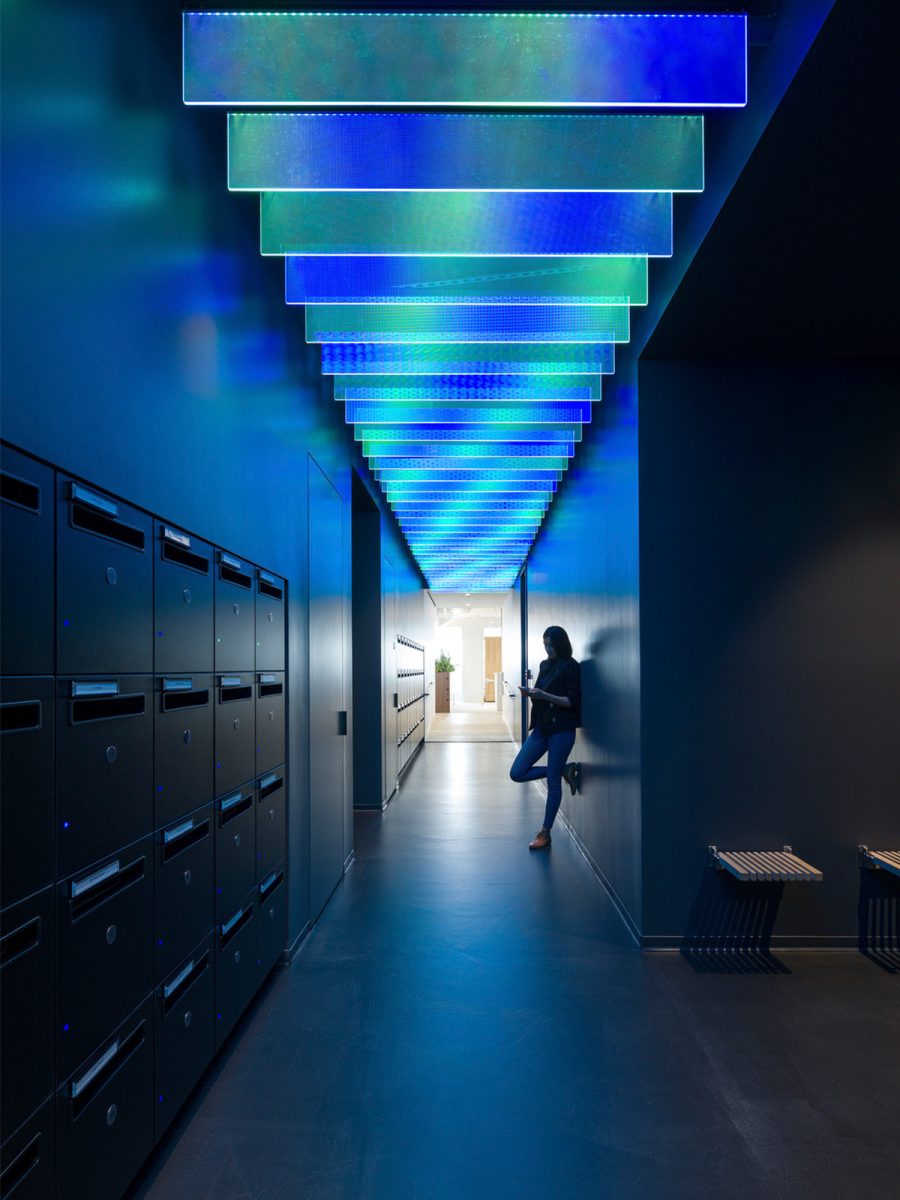
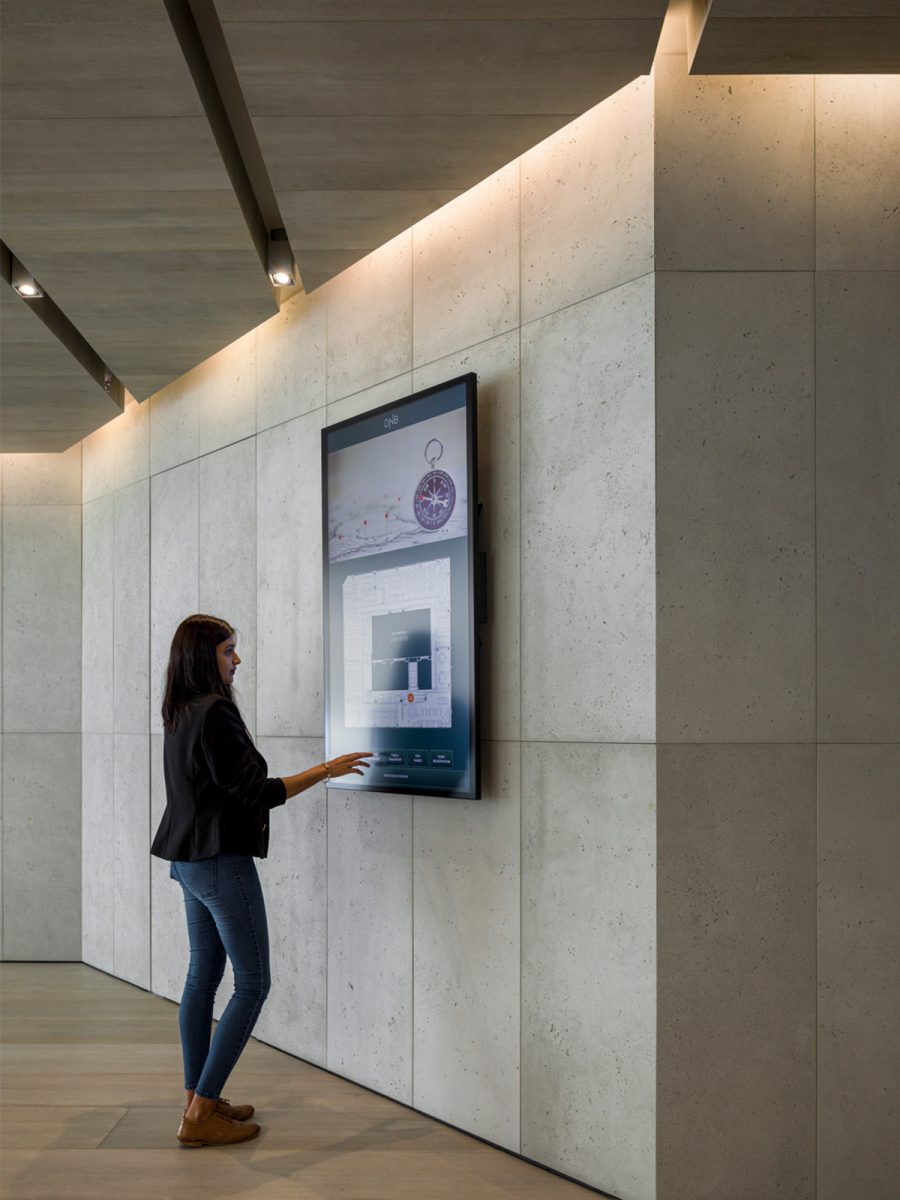
Sustainability is no longer just a corporate responsibility, it’s a business necessity. Investors, employees and regulators are pushing financial companies to take meaningful action on ESG commitments. The workplace is an essential piece of this puzzle.
Sustainable workplace strategies include:
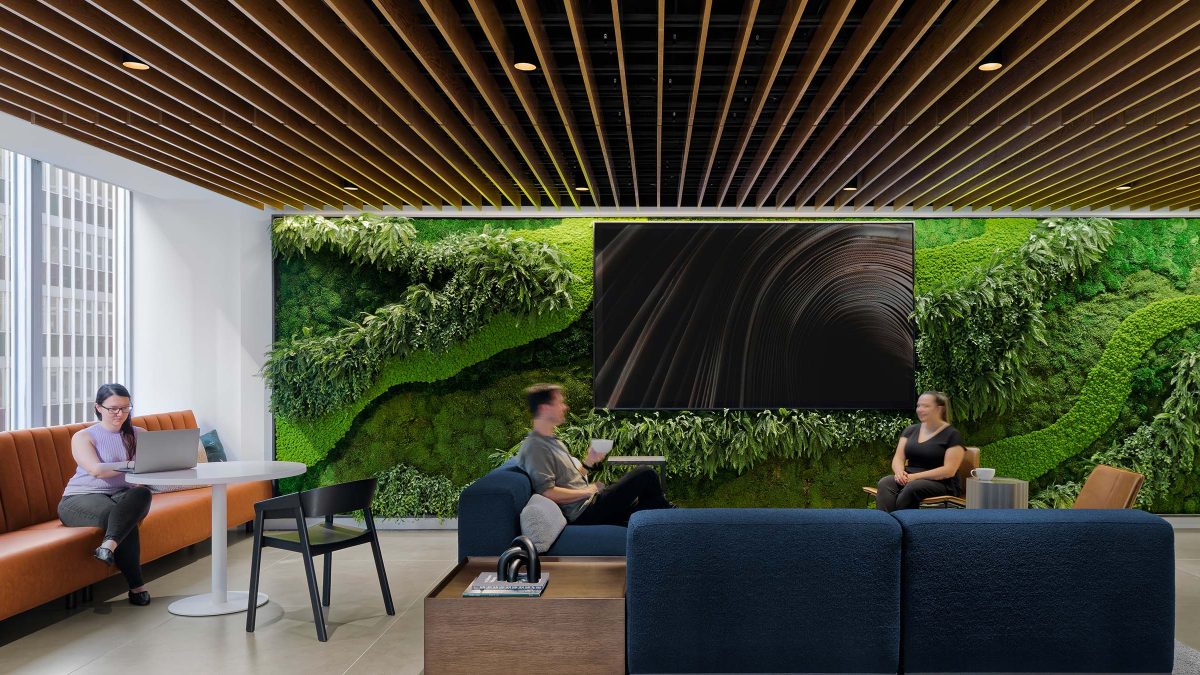
The financial services industry is also facing a talent war, competing with FinTech, tech giants and startups for top professionals. Workplace design plays a crucial role in attracting and retaining talent by creating an environment where employees want to work.
Strategies for an enhanced employee experience:
When financial services companies prioritise employee-centric workplace strategies, they improve engagement, retention and overall business performance.
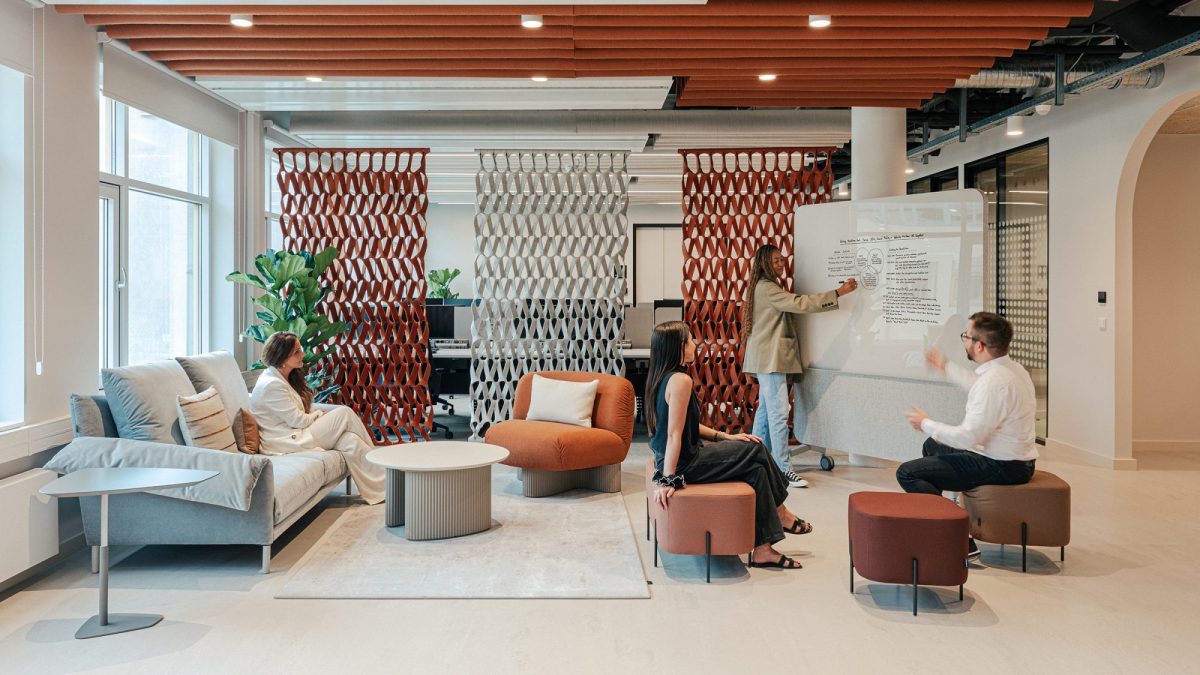
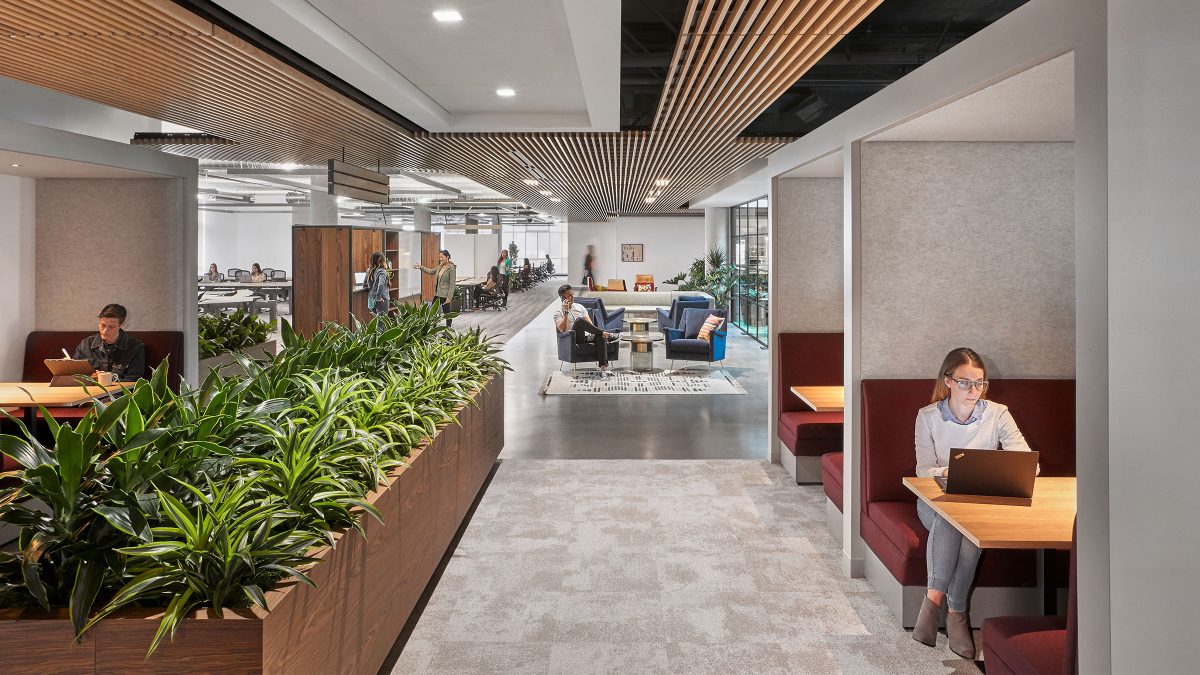
Financial services companies are increasingly looking to optimise their real estate portfolios to balance cost savings with high-performing, dynamic workplaces.
Key approaches to space optimisation:
By rethinking space strategies, organisations can reduce overhead costs while enhancing employee experience and business efficiency.
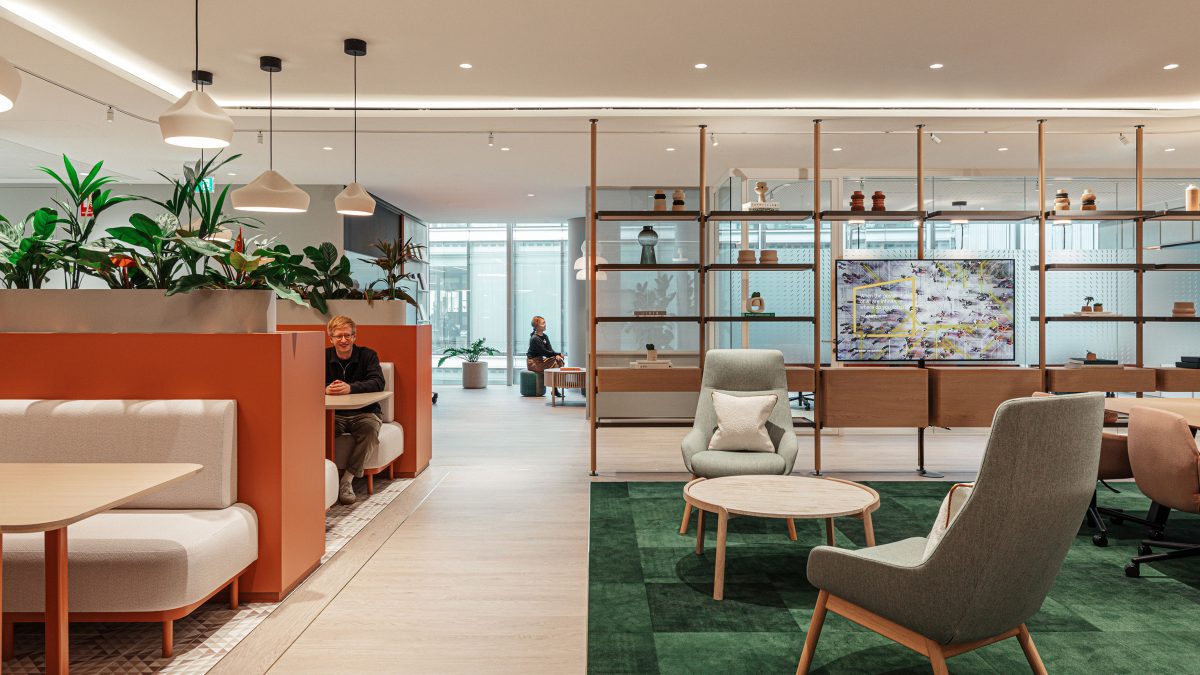
The future of the financial workplace is about creating an adaptive, secure and sustainable environment that empowers both business and employees.
Companies that embrace smart technology, sustainability and a focus on employee experience will outperform competitors and build resilient, future-ready workplaces.
Our teams are at the forefront of designing these next-generation financial workplaces. We help organisations transform their offices into strategic assets that drive productivity, engagement and long-term success.
Is your company ready to future-proof its workplace? Contact our team to learn more.
